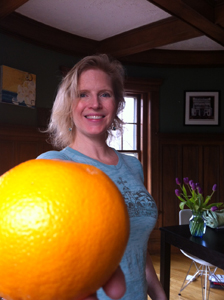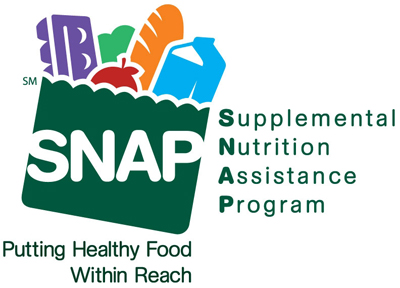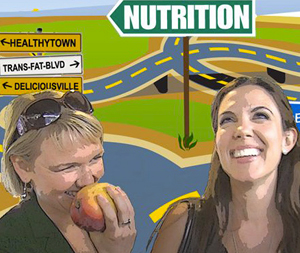Have you ever pictured yourself doing a happy dance in the grocery store because you could afford oranges? No? Me neither, but that’s what happened during my 30-day challenge to feed my family of three at or near the poverty level. There were also moments of frustration and a few tears shed. Here’s how it all started …
I was roaming around a section of the USDA website where they keep track of over 8,000 families and what they spend every month for groceries. This helps them set four different budget levels: Thrifty (near the poverty level), Low, Medium, and Liberal. Amounts are broken down by gender and age; kids and the elderly account for less money than 20-something guys, for instance. 
If you think this is a futile exercise and a waste of taxpayer money, you’d be wrong. If you’re going through a divorce, it’s likely that the courts will assess child support at the “Low” level, no matter your income. The food that our servicemen and women are served is budgeted at the Liberal level. So this monthly assessment by the government has a bigger effect than you might realize.
When I looked at the numbers, I realized my family was living at the “Low” level, but that wasn’t taking into account how often we eat out (two to three meals per week between lunches and dinner). The amount we spend does reflect us eating a lot of organic foods. Plus, we can sometimes be too wasteful; I cringe some weeks at what we throw away. It’s not just a waste of money, but a waste of resources for the planet.
Could our family live at the Thrifty level? What would it take? And what if I tried doing this while only shopping at Whole Foods, aka “Whole Paycheck”? And then what if I also threw a dinner party for eight as the very last meal?
I contacted Whole Foods and suggested a bet. If I could feed my family of three for 30 days exclusively from items purchased at Whole Foods for $491.10 they would reimburse me for my food. If I didn’t make it, they’d owe me nothing. The budget worked out to $16.31 cents per day total for all three of us. In case you’re wondering, here’s what we bought for the month.
Whole Foods said yes, my family was gung ho, and we were off on January 1st, shopping for over 90 minutes, trying to figure out what we could afford. (more…)









